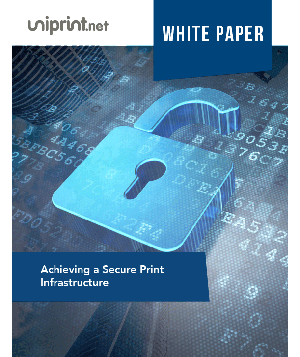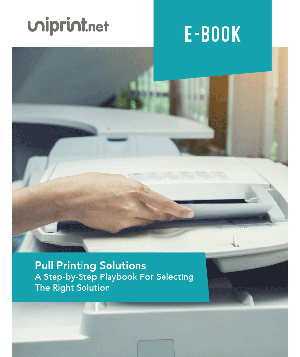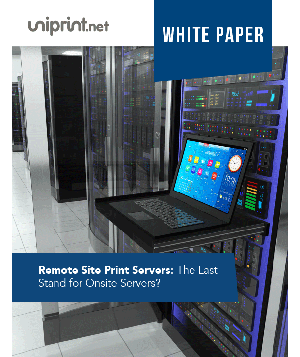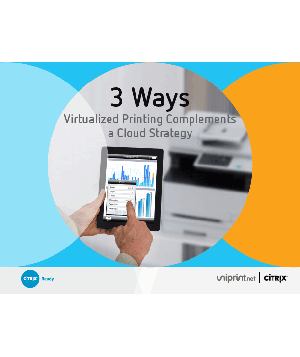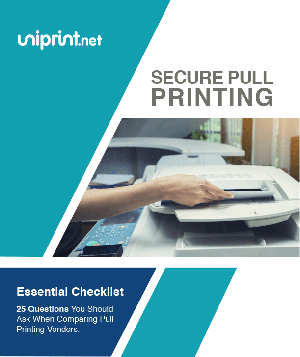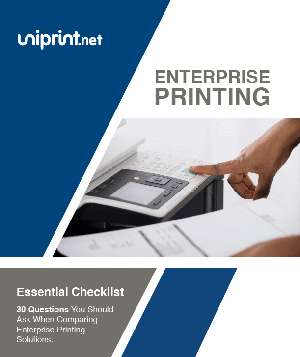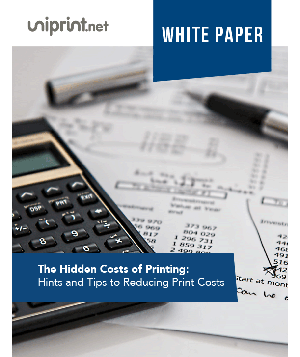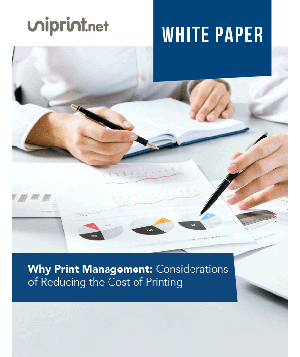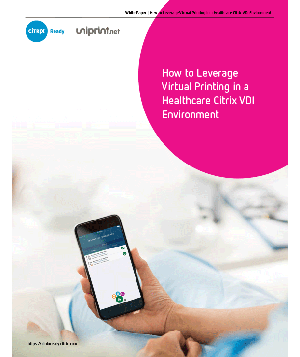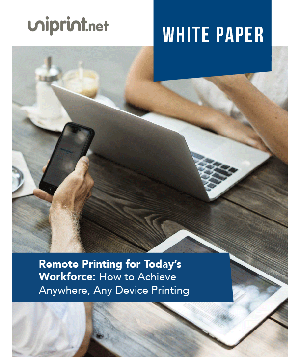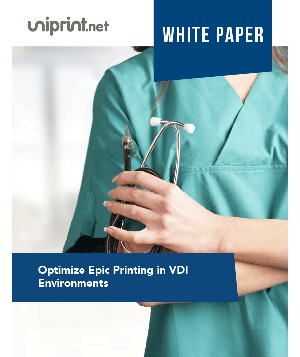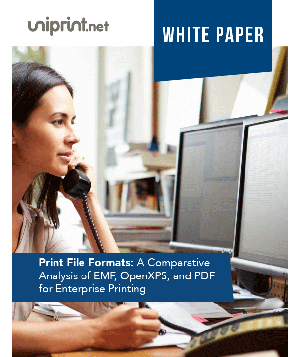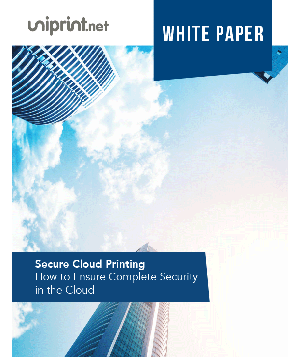PDF Solutions: How the PDF is the old digital world made new again
When was the last time you opened a PDF document? Chances are, not too long ago at all!
In today’s digital world, the shift from hard copies to digital media is as apparent as ever.
With books, magazines, journals, and all sorts of written and graphic information being digitized, the PDF has established itself as a leader in this industry-changing era.
Origins of the PDF: When did it all begin?
Looking back at the origins of what we now know as the PDF, it all began in the early 1980’s with Adobe co-founder, John Warnock, describing what he believed was the need of the time, a simple document format for all industries.
Further explaining this concept, in his essay entitled “The Camelot Project”, he mentions, “What industries badly need is a universal way to communicate documents across a wide variety of machine configurations, operating systems and communication networks. These documents should be viewable on any display and should be printable on any modern printers. If this problem can be solved, then the fundamental way people work will change.”
Acting on this vision of his, Warnock released PostScript in the mid 80’s, an industry-changing page description programming language, allowing for digital files to maintain their original appearance even after being printed.
The new cost saving solution rapidly established itself as Adobe’s core product.
With the goal of optimizing efficiency across a variety of platforms, Warnock and his team at Adobe continued updating and modifying the PostScript language.
In 1991, an updated version of PostScript was released, soon to be rebranded as the PDF!
More than a decade later, the PDF was released by Adobe as an open standard, gaining International Organization for Standardization (ISO) certification in 2008.
Check out this free whitepaper on a Comparative Analysis of EMF, OpenXPS and PDF for Enterprise Printing!
Technological Foundations of the PDF
In brief, there are three fundamental technological elements underlying the PDF:
- PostScript programming language for page description: Used to generate the design and content of the PDF.
- Font-embedding mechanism: Ensures that the font used in designing the document is maintained throughout the document’s lifecycle.
- Amalgamated storage mechanism: Used to combine and present all the content of the PDF through a single file, while compressing data as required.
The Future of the PDF and its Role in Printing
Innovation has continued to push the PDF forward as the leading file format in digital transformation.
The print industry is no exception to this! PDF has become a standard for the print industry, with global printing companies continuing to spend a large portion of their resources investing in PDF-driven printing solutions.
PDF-based printing enables printers to automate their workflows and cut down on time spent modifying received print jobs.
PDF printing also compresses print jobs by up to 90%, promoting lower usage of enterprise bandwidth!
Along with influencing printing, the PDF is also changing the way we scan in today’s world.
As opposed to scanning via image files, a scanned PDF file can be easily searched and manipulated, thus being a much better scanning file format than TIFF, and other file formats that do not provide the same capabilities.
Through PDF-driven printing and scanning, companies are able to enhance the reliability and efficiency of their printing and scanning processes.
PDF based technology is definitely at the forefront of the new digital era, and will continue to rise in prominence as more enterprises look to make the shift towards digital transformation.
Try UniPrint InfinityCloud
Whether you are printing at the office or at home, UniPrint InfinityCloud is the cloud printing solution of choice for your organization.
Recent Posts
- How Cloud Print Management Prevents Print Server Vulnerabilities
- Is Printing Dead?
- How InfinityCloud Outshines Microsoft Universal Print in 2024
- How the Cloud Print Management Software Drives Sustainable Business Practices
- How Cloud Print Management Enhances Your Network Security
- How to Enhance Remote Work Experience with Secure Serverless Printing
- Update to Google Drive Cloud Storage
- A Guide to Preventing Phishing Attacks
- Level up your Microsoft Universal Printing experience with PF 360 Print
- How To Fix 10 Common Printer Problems
- See All



